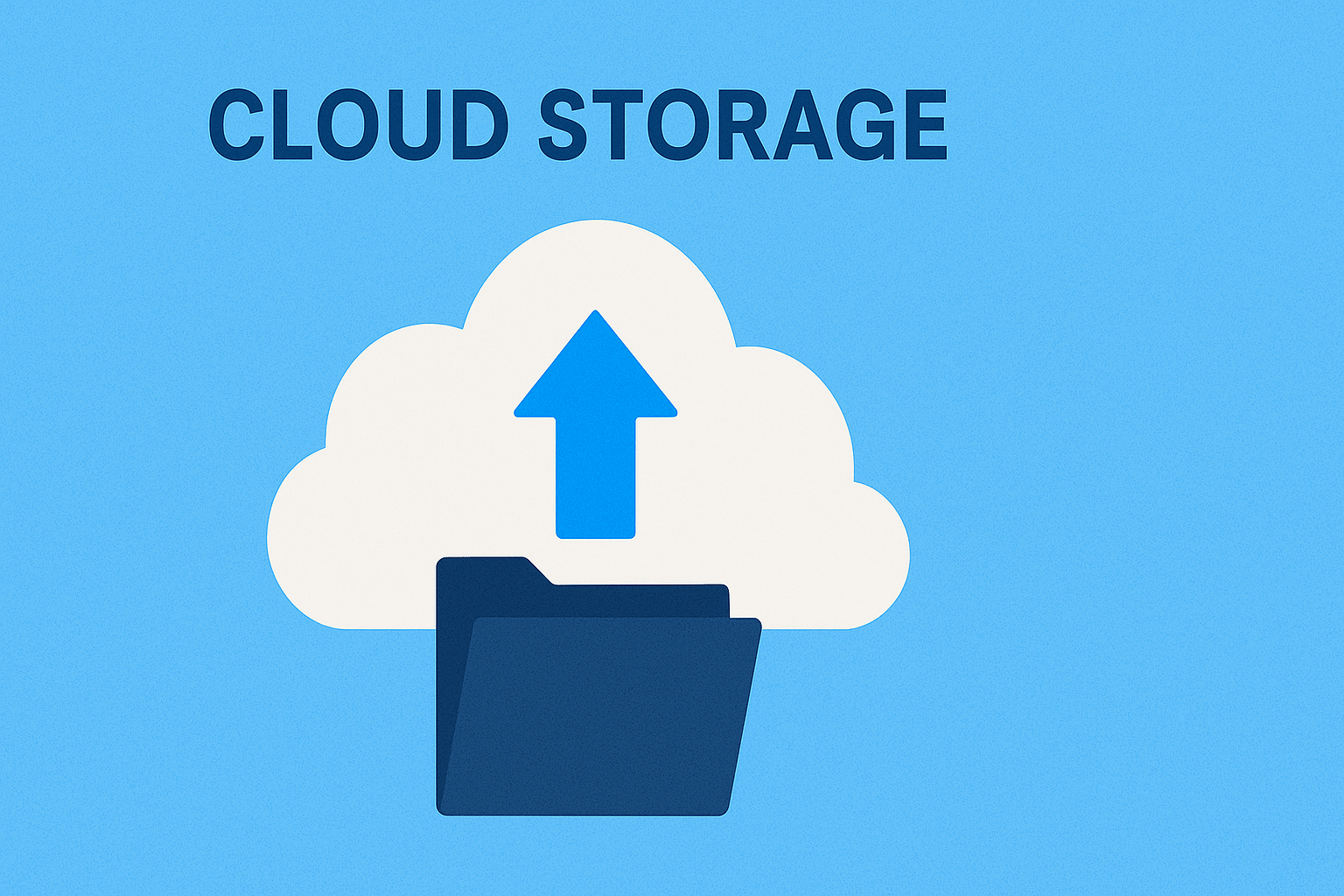With 2.5 quintillion bytes of new data synthesized every day, cloud storage is no longer an option; it has now become a necessity. For the entrepreneur, student, or just plain casual smartphone user, cloud storage solutions have reinvented the dynamic of storing, accessing, and sharing data. But what is cloud storage, and its significance? In this guide, discover everything about cloud storage-from basics, advantages, and tools, to a future guide crafted for you to make better-informed decisions in the digital realm.
Why Is Cloud Storage Important?
Remember the days of misplaced USBs and cluttered hard drives? This is history.
Cloud storage is a user-friendly environment to save files online in a secure, scalable, and flexible manner, such that anyone with access to the internet can regain the files from any device. Aspects like remote work, digital collaboration, and data privacy are becoming increasingly important day by day-wherein cloud storage stands as the very pillar of modern digital infrastructure.
Key Benefits of Cloud Storage
What will win the clouds? Here are its most appealing benefits:
- Accessibility: Gain access to your data from anywhere, be it a phone, tablet, or computer.
- Data Security: The bulk of providers use cutting-edge encryption methods and perform regular backups.
- Scalability: Increase your storage plan according to your requirements.
- Collaboration: Work with people from disparate locations in real time.
- Cost-Effectiveness: No need for the cost involved in maintaining physical infrastructure.
Popular platforms include Google Drive, Dropbox, Microsoft OneDrive, and iCloud, each offering unique features for different user needs.
Getting Started: A Step-By-Step Guide
Step One: Pick the Service
Find a provider that suits your storage needs, your budget, and your ecosystem (e.g., Google, Apple, Microsoft).
Step Two: Register and Install Apps
Create an account, and then download the mobile or desktop app to support seamless syncing.
Step Three: Upload Your Files
Drag and drop the files into the cloud folder or use the Upload function via the web.
Step Four: Organize
Organize the information using folder structure and naming conventions to be able to find what is needed.
Step Five: Permissions
Decide who can view, edit, or download shared files and folders.
Step Six: Backup
Schedule automatic backups so that important files are never lost.
Real-life example: Small Business Turnaround
Well, take Rachel for instance. She runs a small graphic design facility. Dealing with the client’s files through different devices turned out to be awful for her. After a move to Dropbox Business, her workflow transformed magically.
“I can share drafts with clients, collaborate with my team, and access everything on the go. It’s a game-changer,” she says.
Effective Tips and Tricks
- Enable Multi-Factor Authentication (MFA) for added security.
- Encrypt files before uploading.
- Version history can be used to return to an older version of the file.
- Sync only what you need to save device storage space.
- Regular auditing of shared files will ensure that no unauthorized access is made.
Avoid These Common Mistakes
- Ignore security settings: The default settings shouldn’t be the only thing you rely on.
- Weak passwords: Never forget to select complex and unique passwords.
- Backup failure: The role of cloud is good, but it doesn’t hurt to have a second reference.
- Overpaying for storage space: You should analyze how much you have used before upgrading indexes.
- Offline neglect: Set offline modes for important files.
What’s Next for the Cloud?
The cloud will keep on changing alongside technology. This is what you should keep an eye on:
- AI Integration: Intelligent file organization and predictive search.
- Decentralized Storage: Blockchain-based systems such as Filecoin and Storj.
- Green Data Centers: Eco-friendly cloud storage with a reduced carbon footprint.
- Edge Computing: Faster, localized data access for remote areas.
Conclusion: Securing Your Digital Life
They easily show you how to manage the family albums, business documents, and academic resources in cloud storage. Digital life can be organized, safe, and easy to access. It’s more than just saving space; it’s about productivity, security, and collaboration.
Are you ready to join the upgrade game in digital storage? Check out cloud services, trial a couple of free plans, then settle for the one that best fits your needs.
📅 Stay in the loop! Subscribe to our newsletter for more tech tips and product comparisons delivered weekly.




